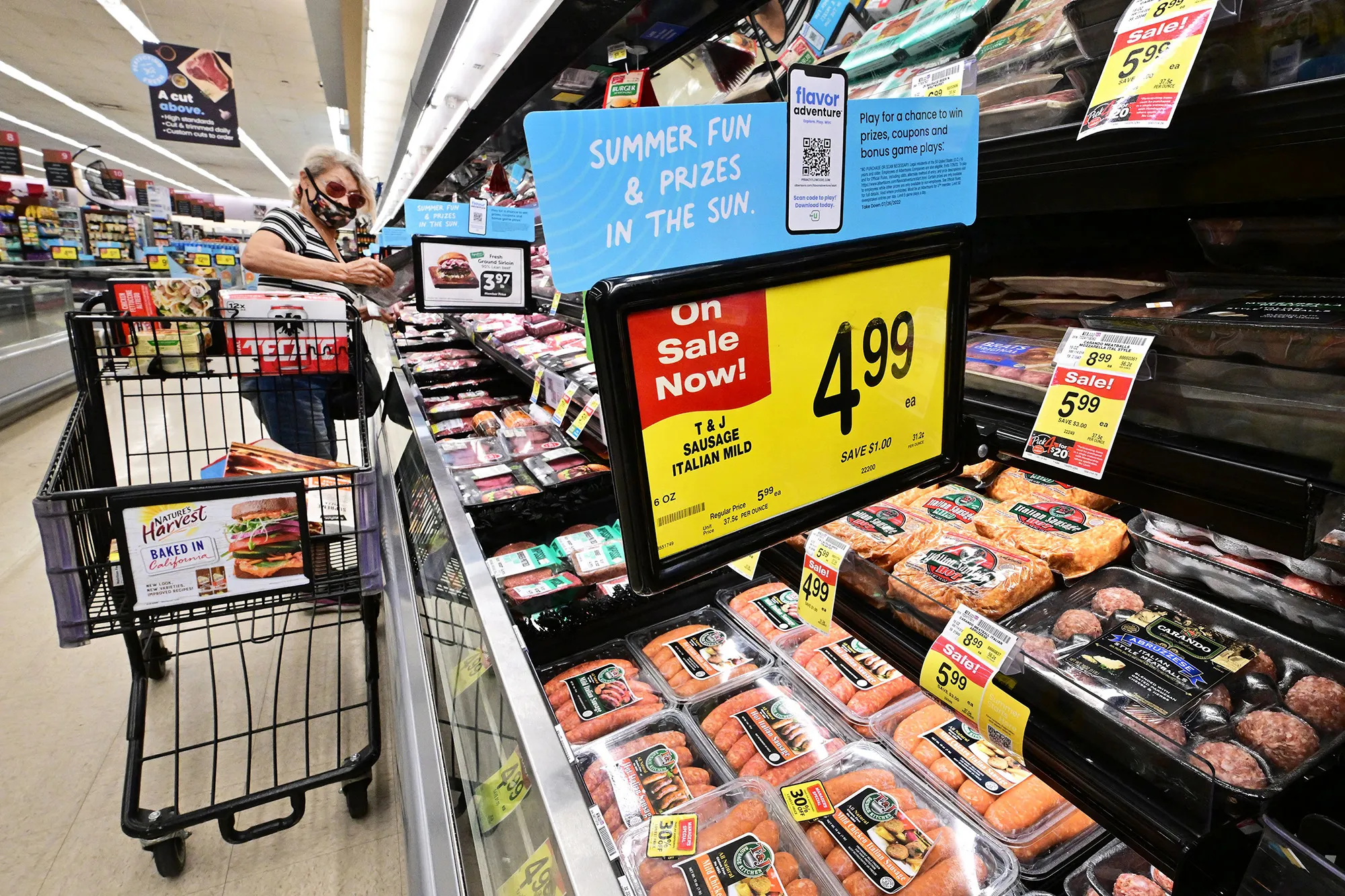It’s not just in your head—prices can vary significantly even for the same products and services due to advanced personalization tactics used by companies. A recent experience with Starbucks highlights this trend: while one person received a buy-one-get-one-free offer, another saw no such promotion. This disparity often results from companies using artificial intelligence (AI) to tailor offers and prices based on individual customer behavior and willingness to pay.
Starbucks employs an AI system called Deep Brew, which uses customer data to determine who is most likely to respond to promotions. This approach aims to maximize sales by targeting those who are less likely to buy otherwise, while full-price customers, like the one who missed the offer, are not incentivized.

The Federal Trade Commission (FTC) is scrutinizing this practice, issuing orders to major companies like Mastercard and JPMorgan Chase to investigate how AI-driven personalized pricing might exploit consumer data. FTC Chair Lina Khan expressed concerns that such practices could lead to higher prices based on individual data, raising privacy issues and potential unfair pricing.
Historically, companies segmented customers and offered different prices based on broader categories. AI has now refined this approach, allowing businesses to predict and influence individual buying behavior with high precision. Companies like Revionics, which aids retailers in setting prices, provide analytics that helps forecast consumer responses to various price points, thereby optimizing inventory and maximizing revenue.
The use of AI extends beyond pricing. For instance, notifications about sales or offers may vary in wording and content depending on the recipient, further personalizing the marketing experience. While this technology can lead to more tailored and potentially lower prices, it also means some consumers might face higher costs due to their purchasing patterns.
In summary, personalized pricing driven by AI is reshaping how much we pay for goods and services, often leading to significant disparities between customers. As companies continue to refine these strategies, understanding how and why these variations occur can help consumers navigate this evolving landscape.


















